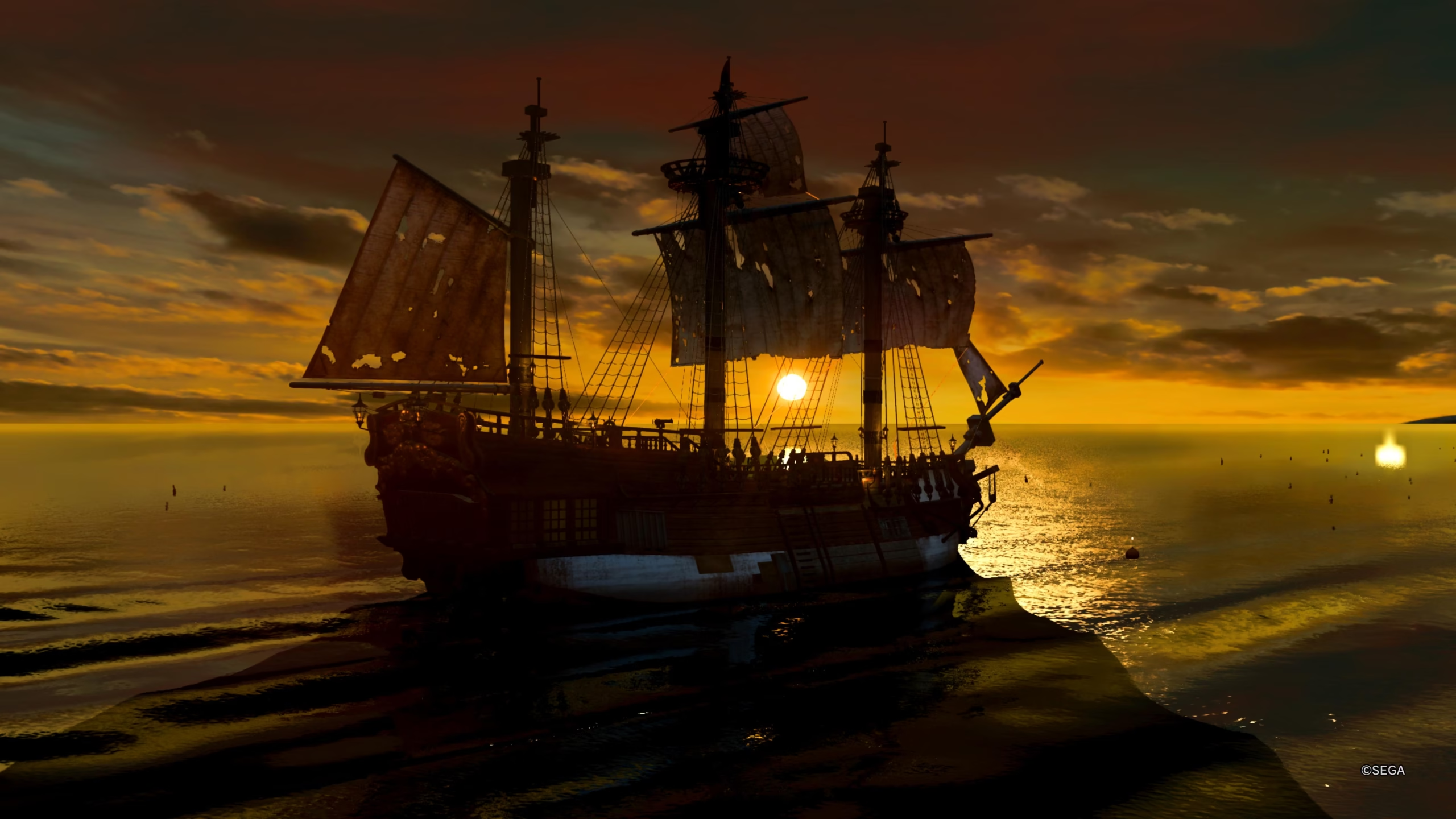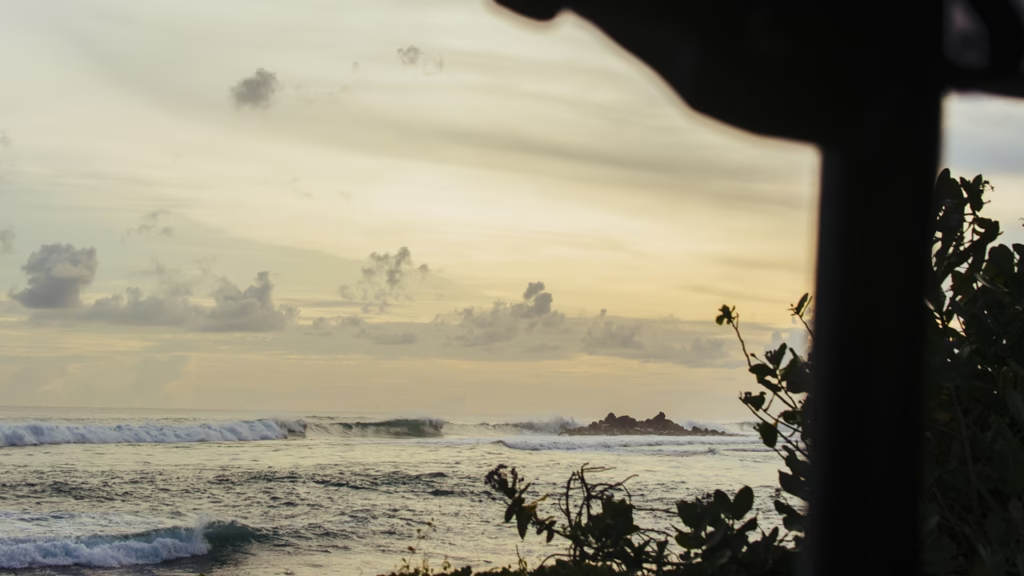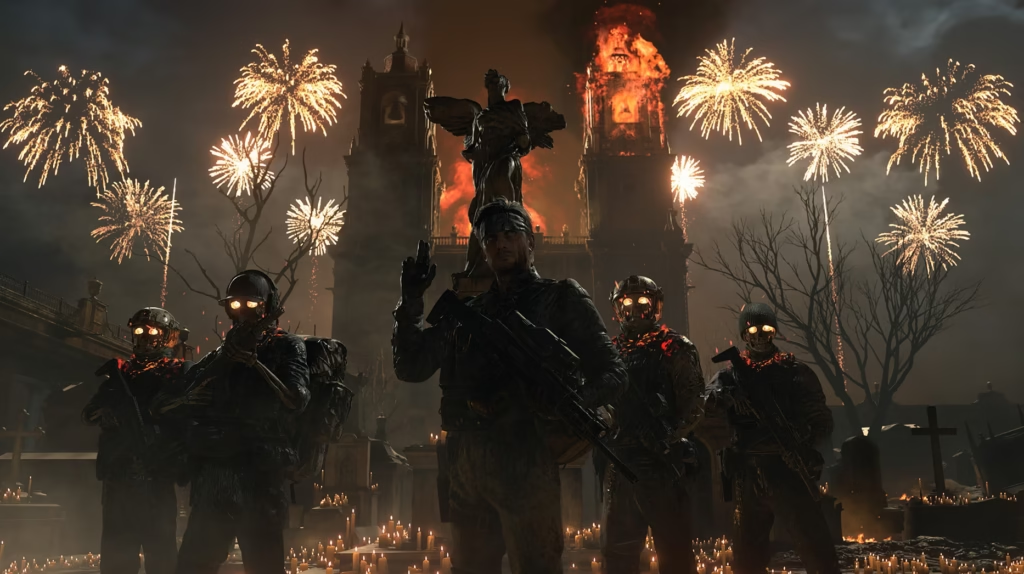Over the course of most of the Yakuza/Like a Dragon series, Majima Goro is portrayed as a deranged, violent and almost sadistic member of the Yakuza. Revered/reviled as the Mad Dog of Shimano (the family of which he is patriarch), he is seen as having a soft spot for series protagonist Kazuma Kiryu — despite having at least two or three fights with him in each game — and the highest regard for the Yakuza way of life. And until 2015’s Yakuza 0, that was most of what we knew about him: a zany side-character, but with little substance.
The revelation in Yakuza 0 of his backstory, key traumas, their consequences and his subsequent coping mechanisms added a number of layers to a character previously seen simply as a cackling lunatic with a penchant for brutality. In fact, this fantastic video by VGOLOGY does a great job of explaining Majima’s character arc using psychological concepts, and you should check it out when you have a moment. For now though, we’re here to discuss Like a Dragon: Pirate Yakuza in Hawaii (henceforth referred to as Pirate Yakuza), the latest from Ryu Ga Gotoku Studio’s conveyor belt of Yakuza/Like a Dragon games.
The last time we saw Majima, he was dragging himself out of retirement to join forces once more with Kiryu during last year’s incredible Like a Dragon: Infinite Wealth. In the six months since the events of that game, the eyepatched ex-Yakuza is washed ashore on an island off the coast of Hawaii with no clue as to where or who he is. That’s right, folks, retrograde amnesia. It’s a trope as old as the hills, but can be effective when utilised properly, and so I hummed a little sea shanty and hopped on for the ride.
Found by a little child and his pet tiger cub (after a while, one tends to stop examining piffling things like plausibility and logic in this series), Majima soon embarks on a quest for adventure, treasure and his memories with the aforementioned rescuers in tow. This includes beating up armies of goons on land and sea — courtesy his freshly-commandeered ship, the Goromaru — and engaging in the usual Yakuza/Like a Dragon bouquet of drama, intrigue and side content.
Smooth sailing
As with almost all the games in the series, Pirate Yakuza also works on the formula of interspersing chunks of the main story with some mandatory side stories that familiarise you with the mini games and peripheral stuff on offer. Considering the fact that this game is more of a gaiden (side story or short tale) à la 2023’s Like a Dragon Gaiden: The Man Who Erased His Name, I resolved to spend as much time on the non-essential stuff and complete as much as possible. A couple of entertaining additions this time around were the Bounties side quest (as the name suggests, you become a bounty hunter and collect money for beating up wanted criminals), the seafaring equivalent that sees you take down various members and crews of The Devil Flags — a quite fearsome gang, and the Coliseum where you battle rival pirate crews for ultimate pirate supremacy. As for the mini games, most old favourites are back, as you can see below.
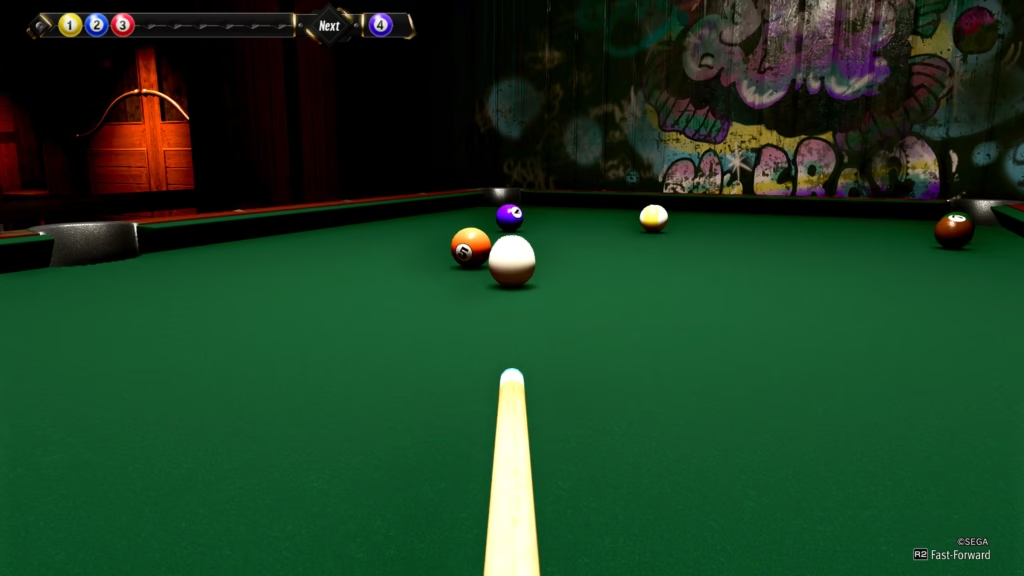
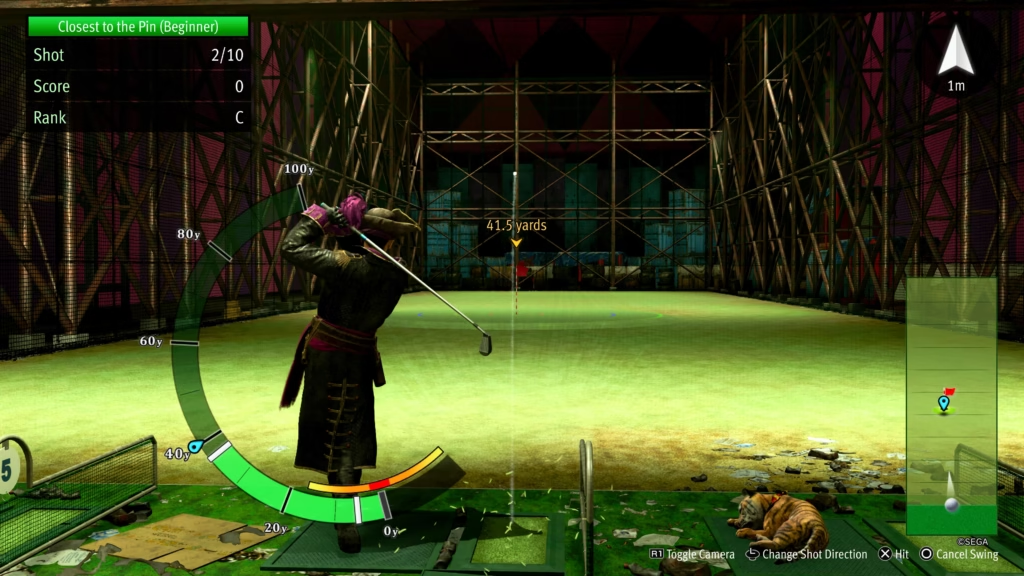
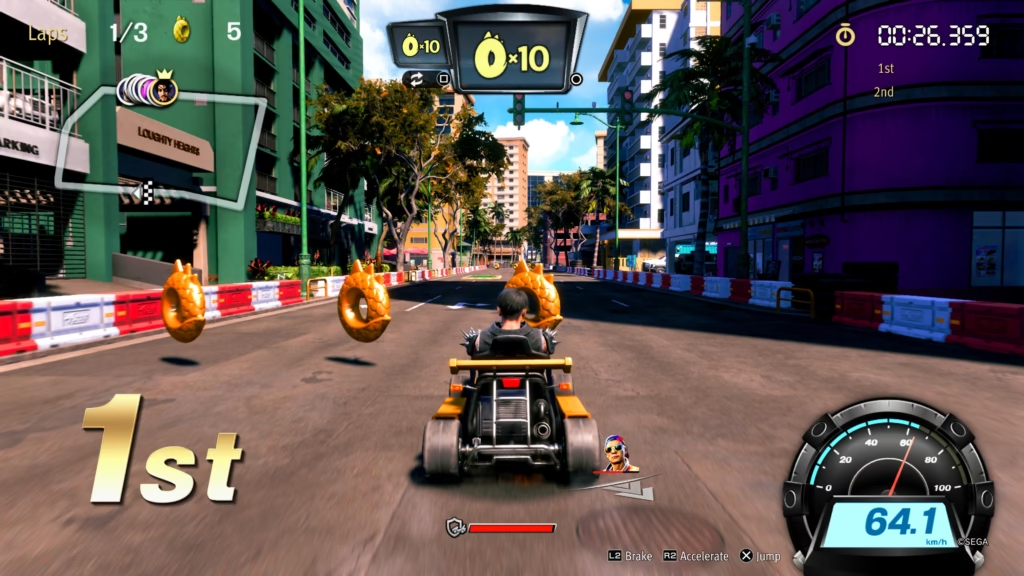
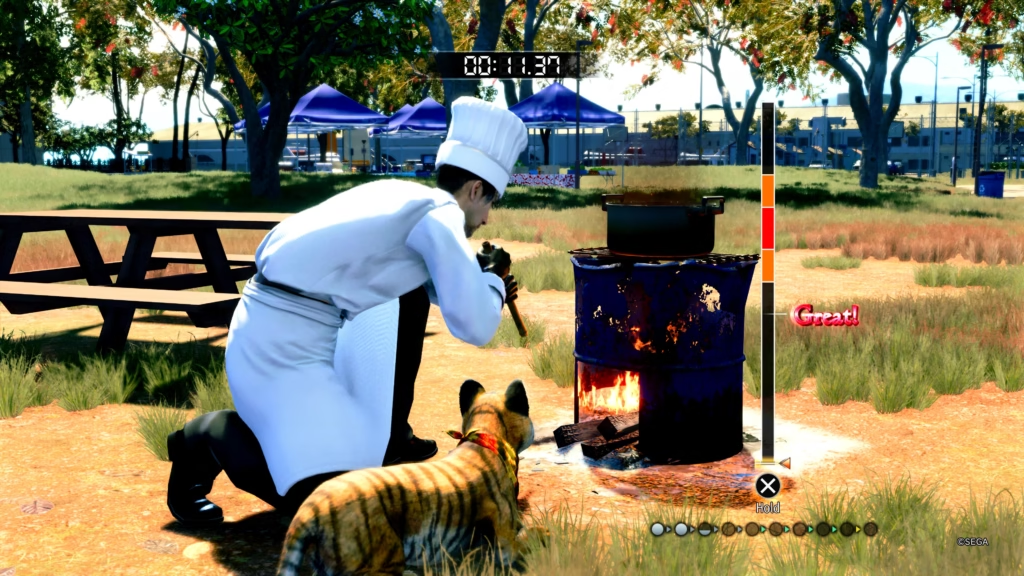
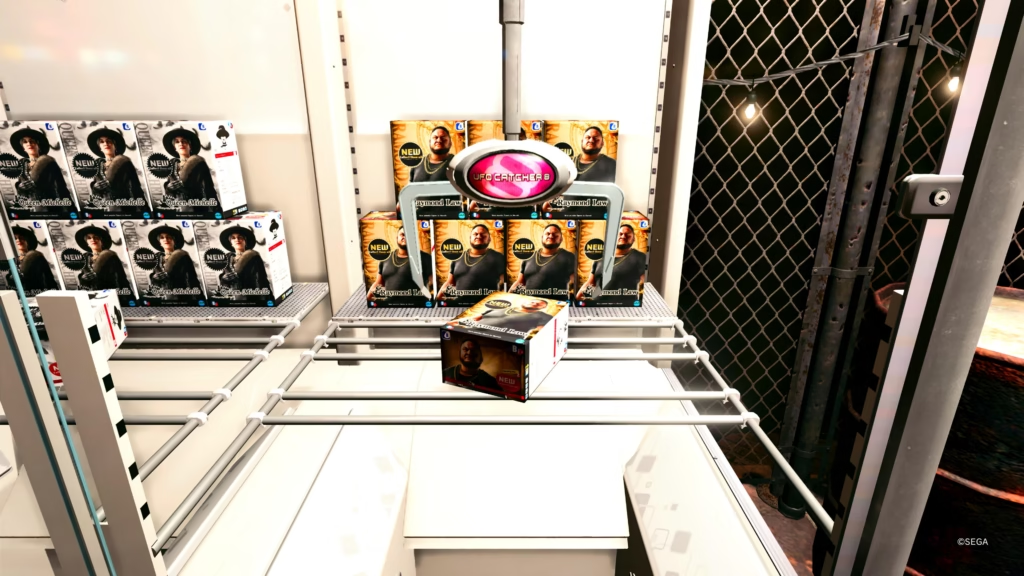
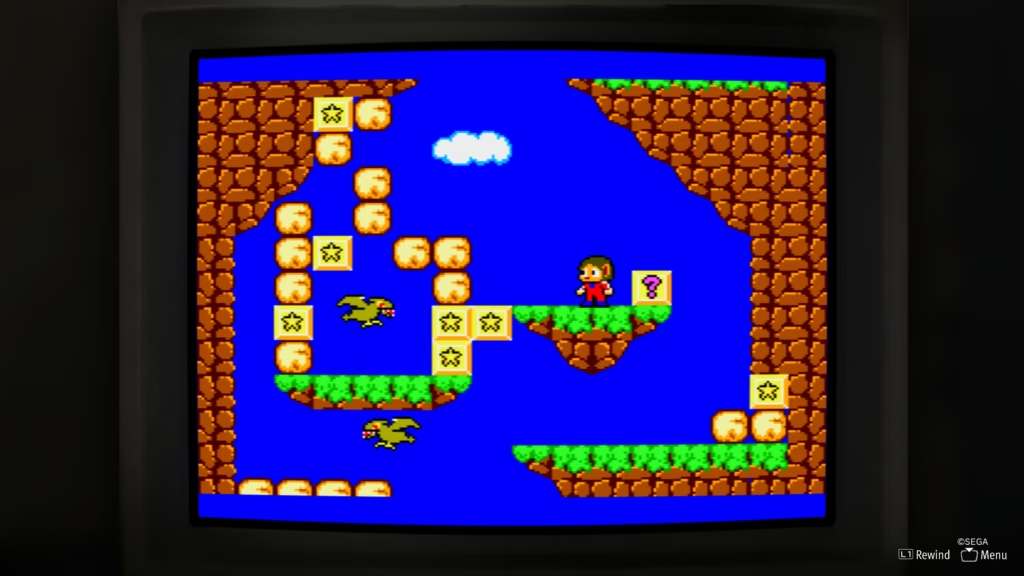
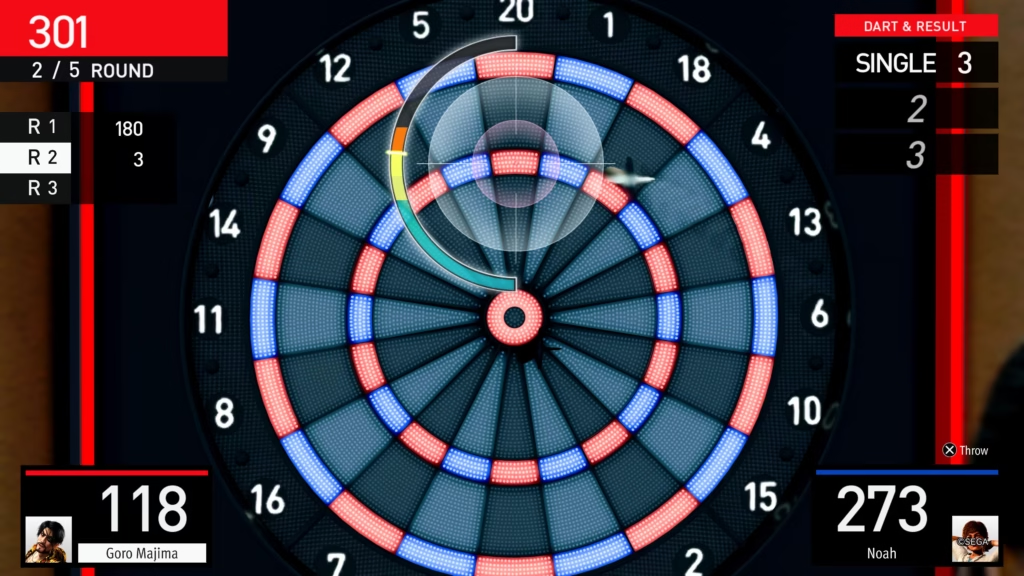
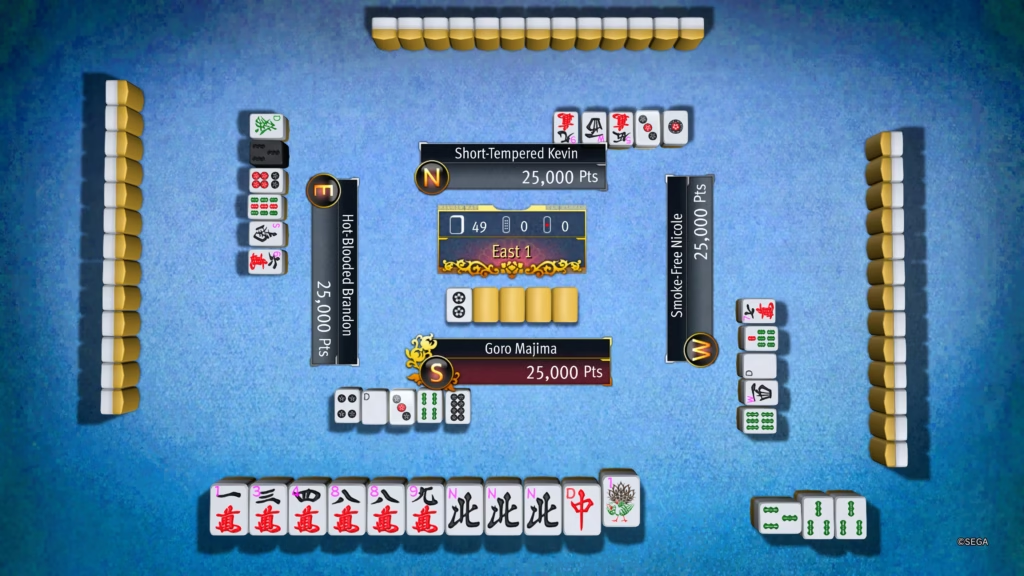
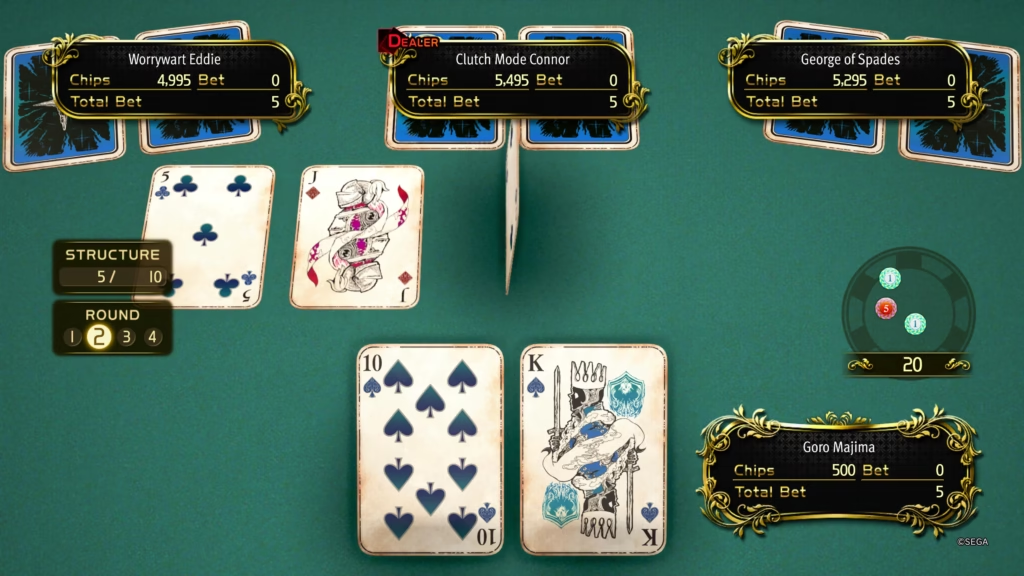
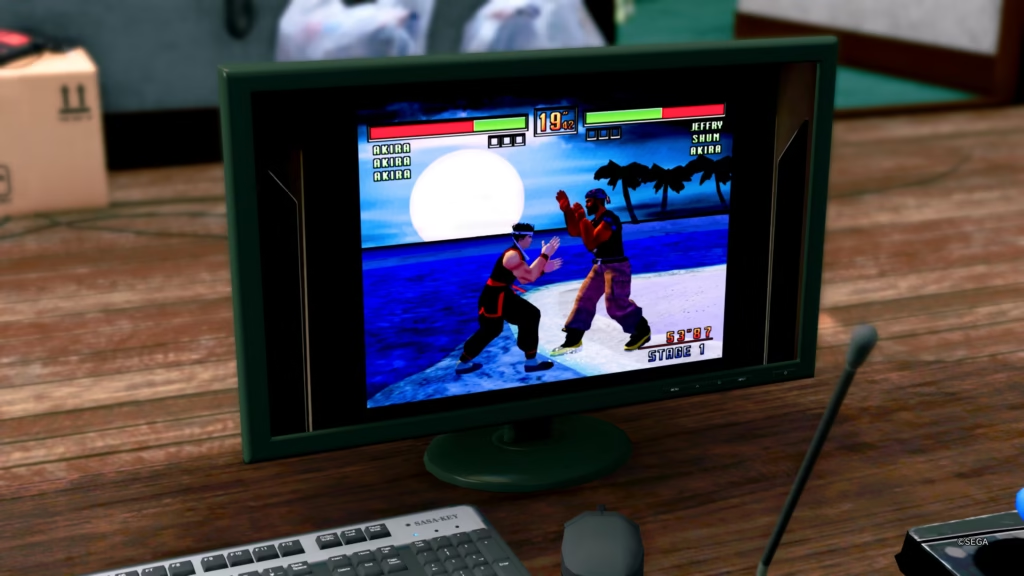
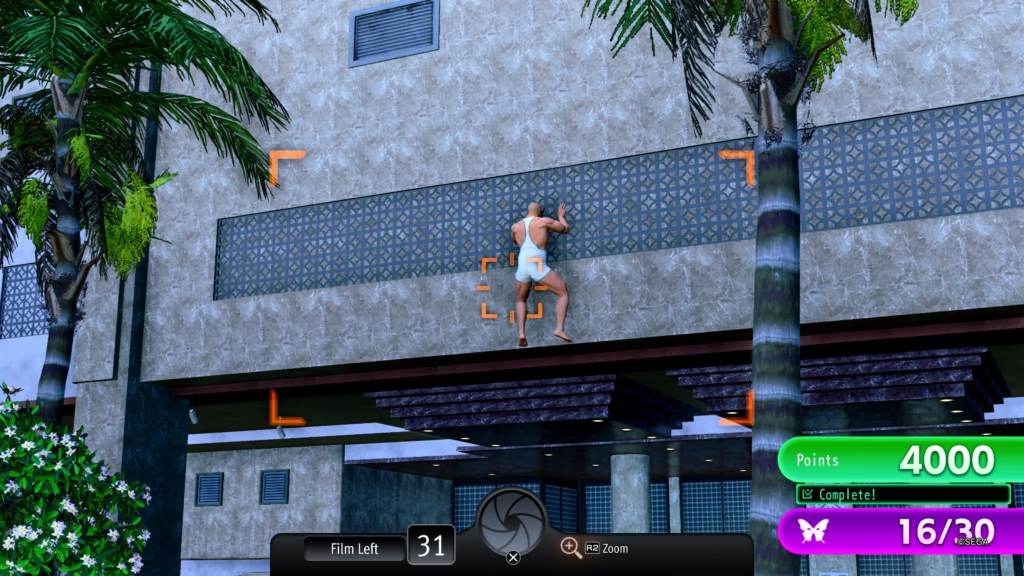
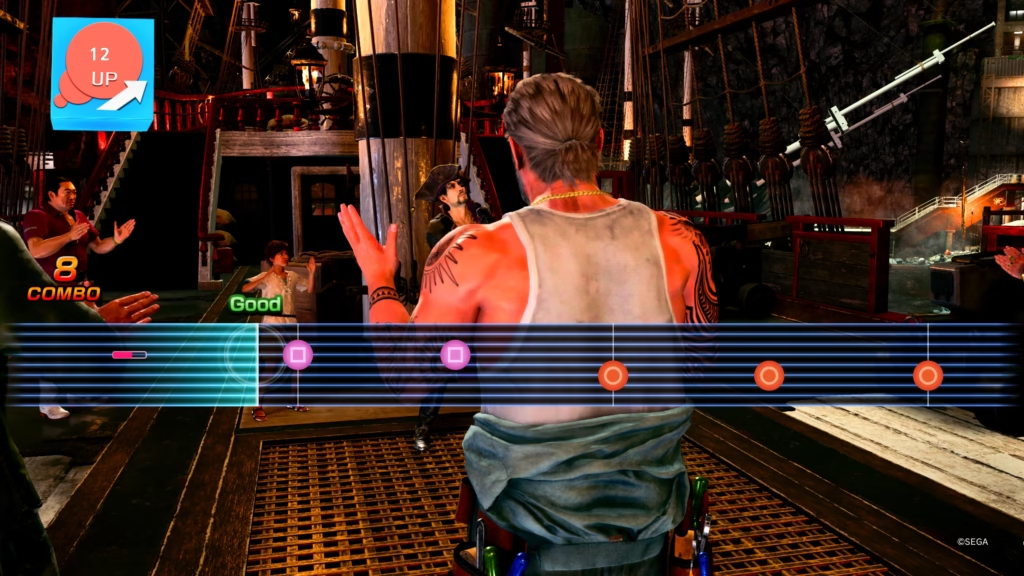
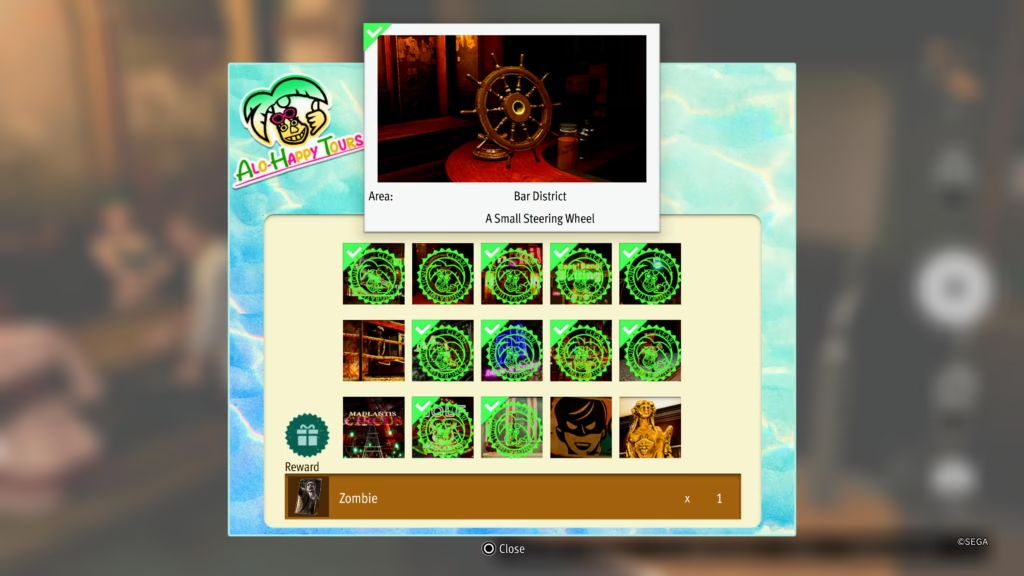
I seem to have left out the baseball batting cage mini game and possibly another one, but you get the idea with the rest. As a matter of fact, the entire map of Honolulu that was first unveiled in Infinite Wealth acts as a nice little distraction in itself, and herein lies the smart game design of Pirate Yakuza. First off, it’s a gaiden game, and so there’s unlikely to be too much story, too many new characters or too many new locations to explore. And second, the developers seem to have realised that all of the seafaring action might get a bit too intense, so what better way to refresh the senses than running around (or taking a Segway) across one of the biggest maps in the series.
By guiding you in different directions at certain points, the developers manage to make the game seem a great deal larger and longer than it actually is. This is both a good thing and bad, but we’ll focus on the former for now. My playthrough lasted 38 hours (46, if you go by PlayStation’s calculation that also includes pause times) and for the vast majority of those, I was entertained. Sure, I was grinding a fair bit to either get past difficult enemies or in a bid to accumulate resources that would be spent on upgrades, but at no point did I feel like it was too much of a chore. Even the treasure hunt, which for all intents and purposes can be interpreted as a gigantic series of fetch quests, was entertaining enough as it allowed me to make use of the chain hook (a new development) to access seemingly inaccessible areas.
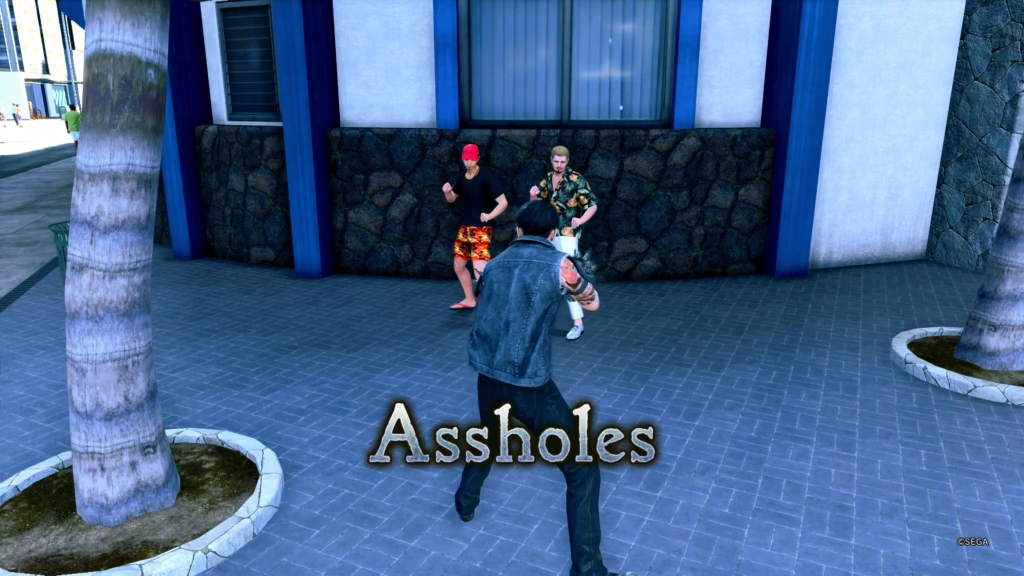
Speaking of the chain hook, this is the third mainline game in the franchise aside from Yakuza 0 (we’re not including zombie survival spinoff Yakuza: Dead Souls) that lets you play as Majima. This means being able to switch between two movesets — a speedy and frantic style and a slower, more swashbuckling one — and associated ‘heat moves’ (basically, special moves). A major new update alongside the chain hook is the ability to jump… but only in combat.
This is also the first time since Yakuza 0 (and the short side campaign in Yakuza Kiwami 2) that you get to spend a considerable amount of time in the skin of the so-called Mad Dog. And that means you’re neither playing as the naïve (but with a heart of gold) Kasuga Ichiban, nor as the stoic and principled perennial martyr Kiryu. You’re effectively playing as Majima 40 in-game years since the last time you played as him. That he starts off the game with a blank memory and an effectively clean slate serves to remove four decades of baggage from the character and lets you experience him as he operates purely on instinct. This is refreshing and gives us insight into Majima as a person shorn of his track record — a significant percentage of his acquaintances in the game (ie the non-Yakuza folks) also know little about his background.
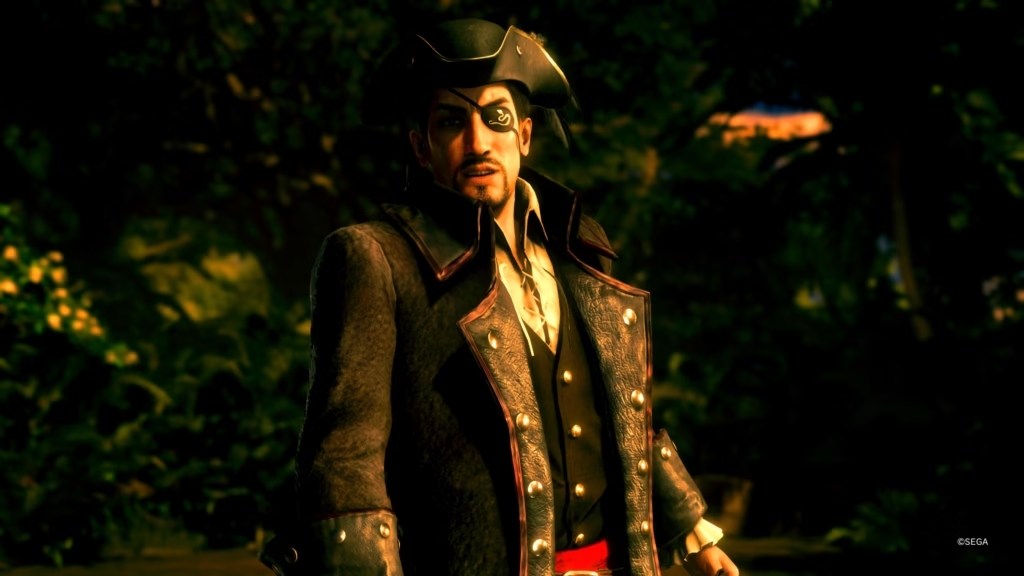
I was pleased to find that what had been lightly touched upon about Majima, was fleshed out rather more comprehensively: Ruthless when needed, but equally gentle when the moment required. Fiercely loyal and willing to risk everything for his friends, but filled with enough mercy to forgive those who double-crossed him. Viewing him from this new perspective gave me the sense that despite nine exhaustive mainline games and two (including this one) gaidens, there are so many stories yet to be told in this universe. And with Kiryu’s health situation, it may clear the decks for more interesting stories to emerge.
Choppy waters
While it remains a fact that I was entertained for the vast majority of the game, it rarely slipped my mind that this was a game with a ridiculously short story. For sake of comparison, Uncharted: The Lost Legacy is roughly half as long as the full-length second, third and fourth editions. Marvel’s Spider-Man: Miles Morales is a shade under half as long as the original Marvel’s Spider-Man. I would be extremely surprised if Pirate Yakuza‘s main story ended up being even a quarter as long as an average Yakuza/Like a Dragon game’s main story. That said, while a story doesn’t need to be reams and reams long to be gripping, moving, memorable and all the rest, Pirate Yakuza‘s narrative left a lot to be desired.
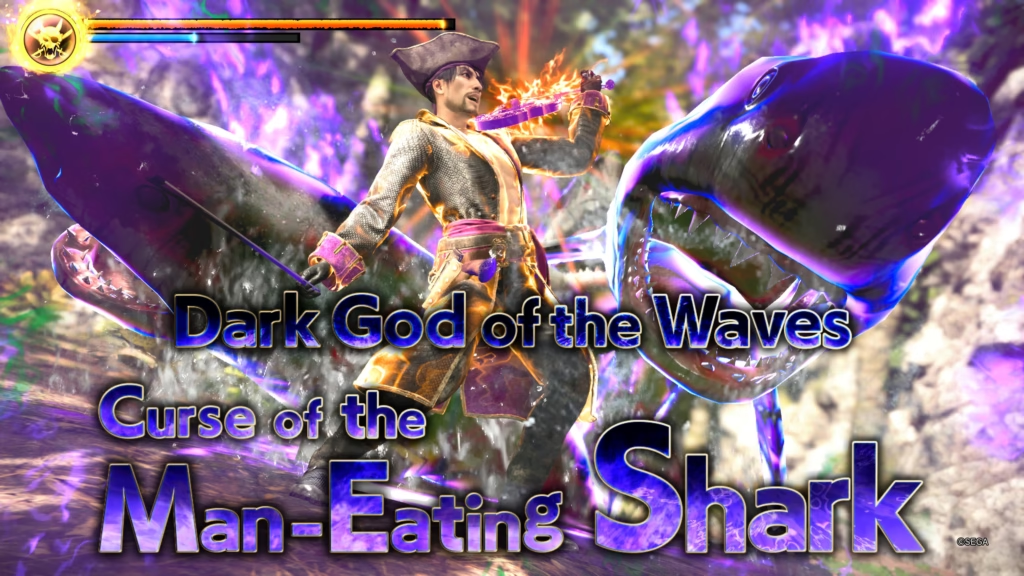
Beyond all the textures of Majima as a character, person and leader, the story was rather threadbare (boasting a very basic pirate storyline) and most shockingly for this series, straightforward. I’m used to a hundred twists and turns, swirling conspiracies that go all the way to the top and the reveal of a possibly surprising Big Bad. Along the way, I have also become accustomed to peripheral characters being given life with detailed sub-plots of their own. With a couple of exceptions (Noah, the child who rescues you and some members of his family, and a chef), the supporting cast were cardboard cutouts. The antagonists were known from very early on and their villain arcs were fairly obvious and devoid of the usual Ryu Ga Gotoku imagination and pizzazz.
Perhaps most disappointing to me was the fact that the game did not make any significant attempt to say more about the state of simultaneously being a pirate (a group seen as being largely lawless) and a Yakuza (a group seen to operates strictly under rules and codes). I walked in expecting a bit of the dilemma faced by Jin Sakai in Ghost of Tsushima, wherein he had to choose between the Bushido or ‘way of the samurai’ and the Ghost philosophy of subterfuge, stealth and such. Alas, very little of the sort was on offer.
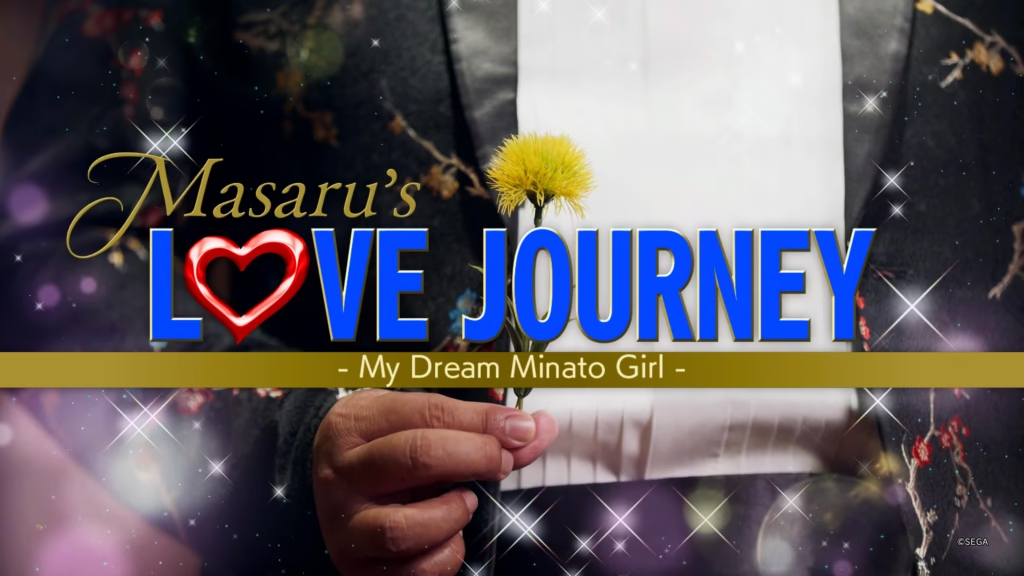
Most Yakuza/Like a Dragon games are packed with memorable side stories or quests that stay with you long after you’ve moved on to a new game. With Pirate Yakuza, I’m struggling to pinpoint more than one such quest, and the reason it’s stuck in my memory is because of just how awkward it was. I refer to ‘Masaru’s Love Journey’ and it’s one you should experience for yourself. Or don’t and just take my word for it. Still, I got the distinct feeling the usual big hitters in the writers’ room were either taking it easy or were on holiday.
Over to gameplay, there wasn’t much the developers had to do in terms of bringing series favourite mini games like Dragon Kart, Baseball, Golf and the like over to the latest edition. And so I can’t gush too much about that aspect. While I did enjoy diving into them every so often for little breaks from the main story (or in a bid to extend my time with the game), I’d have liked to have seen a couple of new tricks on show. And although I enjoyed collecting bounties on all manner of ne’er-do-wells, it was towards the last 10 (of 80-something) of those that I was hunting them down more as a matter of completion than for any fun. This was also the case with the treasure hunts and the Devil Flags section. These, however, brought with them a new gameplay loop.
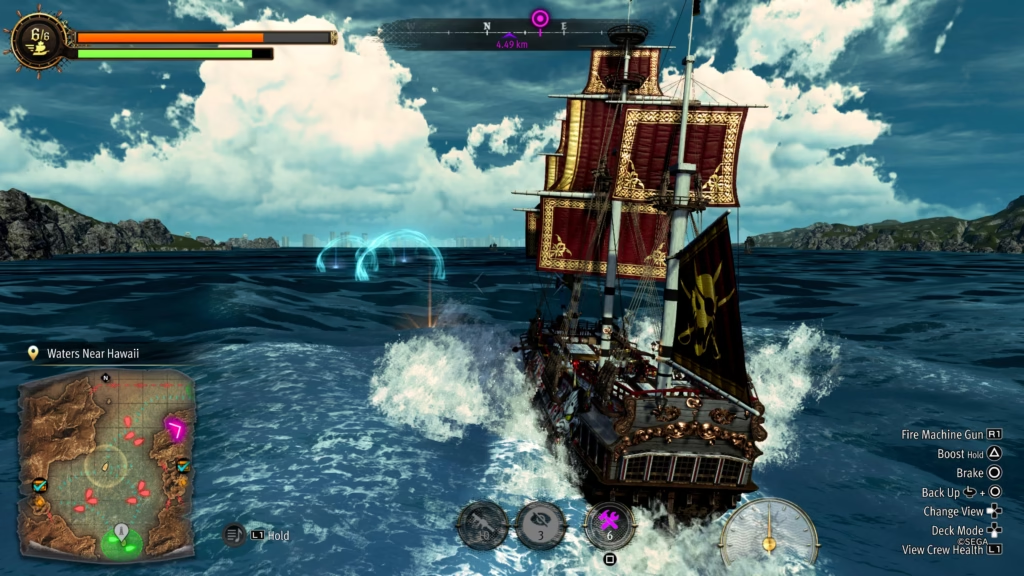
Sailing isn’t a perfect experience. I think that’s the fairest way for me to describe my experience onboard the Goromaru. While combat can be quite exciting and gets challenging as you get deeper into the game, basic traversal (particularly out of combat) is a crashing bore. The ship doesn’t move nearly quickly enough and the boosts don’t last very long. A considerable chunk of my time onboard the ship probably went into just getting from A to B. Note: I realise this is a realistic representation of seafaring, but it doesn’t make for fun videogaming. Plus, another aspect of living the life of a salty pirate is ship maintenance — and that requires resources. So whether that’s components, coconuts or egesta (don’t ask), it’s littered all over, and you’ll find yourself rather too frequently pressing the X button to pick up something or the other. I recall it getting to be way too much after a while.
Games in this series are extremely combat-driven, so it’s essential for fight systems to be fine-tuned. And to a large extent they are. Majima’s new weapons (a firearm and a chain hook) do help mix things up a bit, and the ability to jump is welcome. Unfortunately, as mentioned before, the jumping option is only available in combat — so you won’t be indulging in interesting traversal — and gunplay is a little janky when it comes to aiming your shot. Melee action though remains as fun as ever, but a lot of it felt very similar to previous editions of the game.
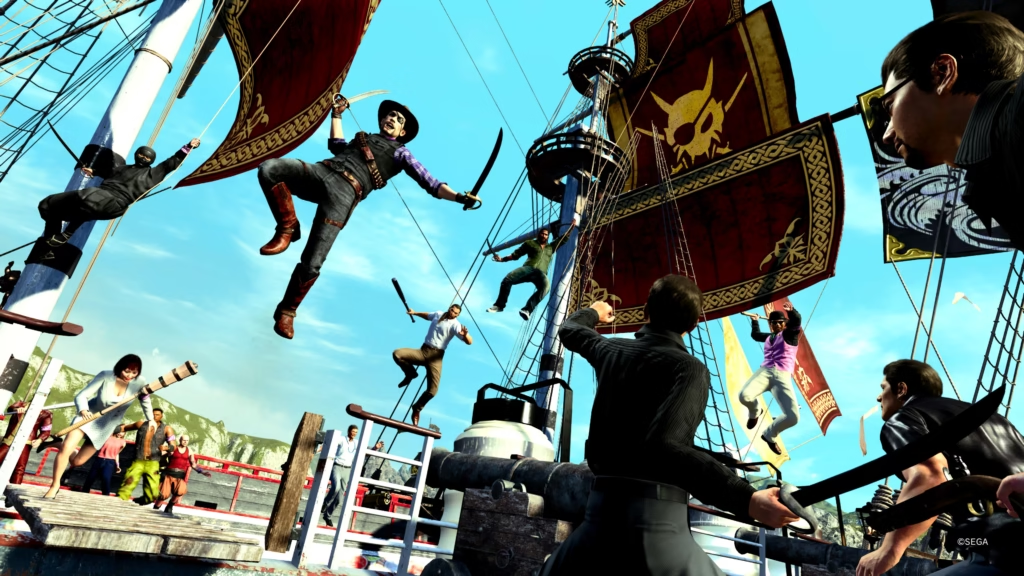
We’ll need a bigger newer ship
Be warned as you go forward: We have entered a zone of mild spoilers.
All through my time as Majima, one concern sat at the back of my mind: Has Ryu Ga Gotoku Studio squeezed every bit of life out of the Yakuza/Like a Dragon series in its current form? I recall playing Infinite Wealth last year and marvelling at the new directions in which the developers were taking the series in its third decade (or thereabouts). But this year, I felt like I was going over a lot of familiar territory. Usually, I’m quite happy doing that in a game in this series because the expansive story carries the game. This time, shorn of a long and gripping narrative, the holes in the current formula seemed more obvious to me.
Whether in terms of the mini games, some of the writing (especially the way certain characters were written), heavily reused maps without adding much in the way of new attractions or the combat, a stench of staleness hung in the air throughout. I was having fun, but it felt like I was replaying an older game instead of sinking my teeth into something fresh and hot off the Ryu Ga Gotoku presses. While the game does its best to keep you engaged by sending you off in different directions as a distraction, this may not work for the non-hardcore Yakuza/Like a Dragon fan. Further, if the “to be continued” title card that flashes at the very end of the game is anything to go by, the action is either likely to stay in Honolulu or centre on Majima next time around. And this raises great hopes, and major worries.
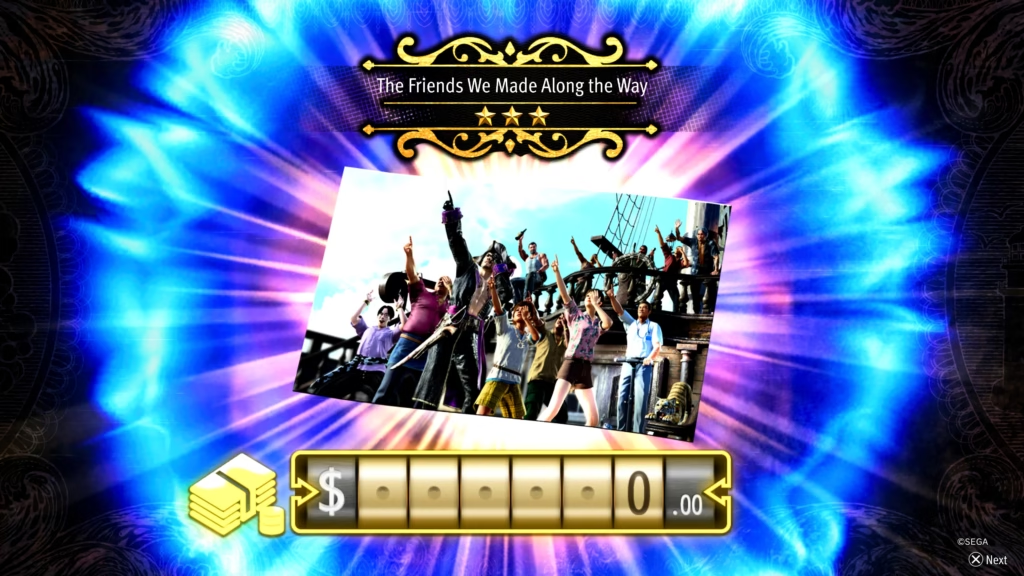
The game’s epilogue shows Majima and trusty companion/sworn brother Saejima Taiga back in Tokyo and driving to Touto University Hospital to visit the ailing Kiryu. While Infinite Wealth teased the prospect of the series protagonist embarking on a course of medical treatment for his condition, it would be wildly unrealistic (even for this series) to expect him to mount a triumphant return and be fighting fit once more. With Kasuga more or less set to be the protagonist on the turn-based side of things, we might see Majima back in the fray for another adventure or two on the traditional brawler side. And it’s here that great strides will need to be taken forward to keep things from truly stagnating.
Like a Dragon: Pirate Yakuza in Hawaii is by no means a bad game. But considering the series’ high standards, it’s probably not a stretch to say that this entry would not belong among the franchise’s best. By a long way. Here’s hoping for a return to form with the next outing. Until then, you’re better off treating yourself to one of the earlier games in the series as a bit of a palate cleanser.
Retail copy of the game reviewed on PlayStation 5
